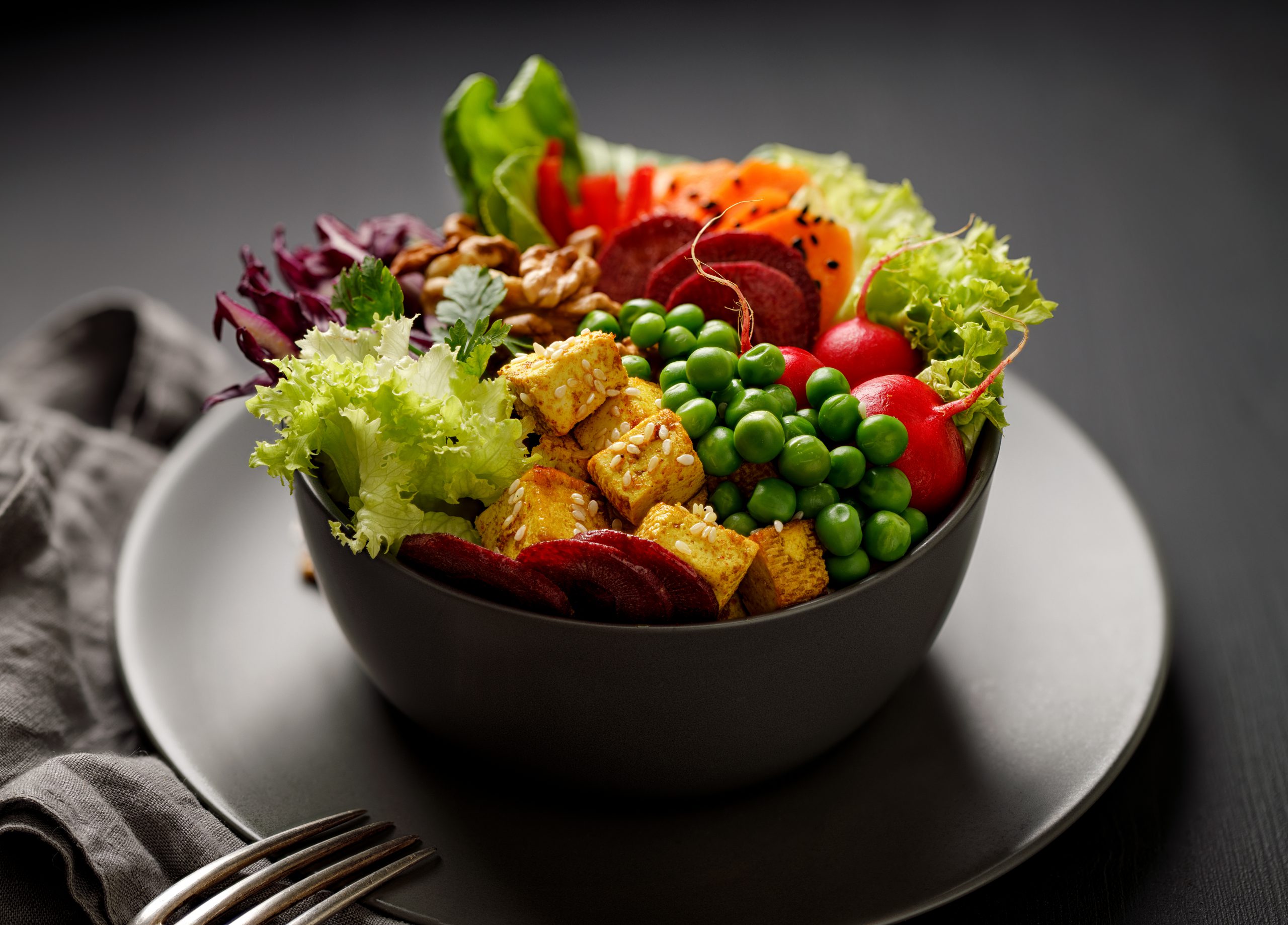
A
A
A
If you’re thinking about following a strictly vegan or vegetarian diet, you will undoubtedly be in good company. According to an article published by Sentient Media, a California-based nonprofit organization committed to creating transparency around industrial agriculture and the impact it has on humans, between 1 and 2 percent of Americans are vegan. Another study published by Statista, a German online portal for statistics, about 5 percent of Americans are vegetarians.
It is worth noting that the rationale behind wanting to limit or forgo consuming meat entirely varies from one person to the next. For example, some people might adopt a vegan or vegetarian diet as their way of protesting against the ill-treatment of animals. Others might choose to follow one of these two diets as a way to improve their health. In some cases, it is a combination of both. Whatever the rationale is for following these diets, individuals who do so are generally healthier. But many complain that these diets do not provide them with enough protein, an essential nutrient for the human body.
If you’re thinking about following a strictly vegan or vegetarian diet, you will undoubtedly be in good company. According to an article published by Sentient Media, a California-based nonprofit organization committed to creating transparency around industrial agriculture and the impact it has on humans, between 1 and 2 percent of Americans are vegan. Another study published by Statista, a German online portal for statistics, about 5 percent of Americans are vegetarians.
It is worth noting that the rationale behind wanting to limit or forgo consuming meat entirely varies from one person to the next. For example, some people might adopt a vegan or vegetarian diet as their way of protesting against the ill-treatment of animals. Others might choose to follow one of these two diets as a way to improve their health. In some cases, it is a combination of both. Whatever the rationale is for following these diets, individuals who do so are generally healthier. But many complain that these diets do not provide them with enough protein, an essential nutrient for the human body.
What Health Benefits Are Associated With Following a Vegan or Vegetarian Diet?
Before discussing how vegans and vegetarians can go about increasing their protein intake, let’s take a moment to highlight some of the health benefits associated with both diets. Studies show that individuals who follow a strict vegan or vegetarian diet are less likely to develop cardiovascular disease, certain cancers, and diabetes. They also find it easier to achieve or maintain a healthy weight. That aside, we should probably now address the elephant in the room, which is that following either of these diets can potentially lead to a protein deficiency. For reference, protein is a macro-nutrient, which means that the body needs a large supply of it to function optimally. In short, protein helps the body in the following ways:
- Supporting healthy bones, muscles, cartilage, and skin
- Repairing and builds tissue
- Circulating oxygen and nutrients throughout the body
- Supporting digestive health
- Balancing hormones levels in the body





